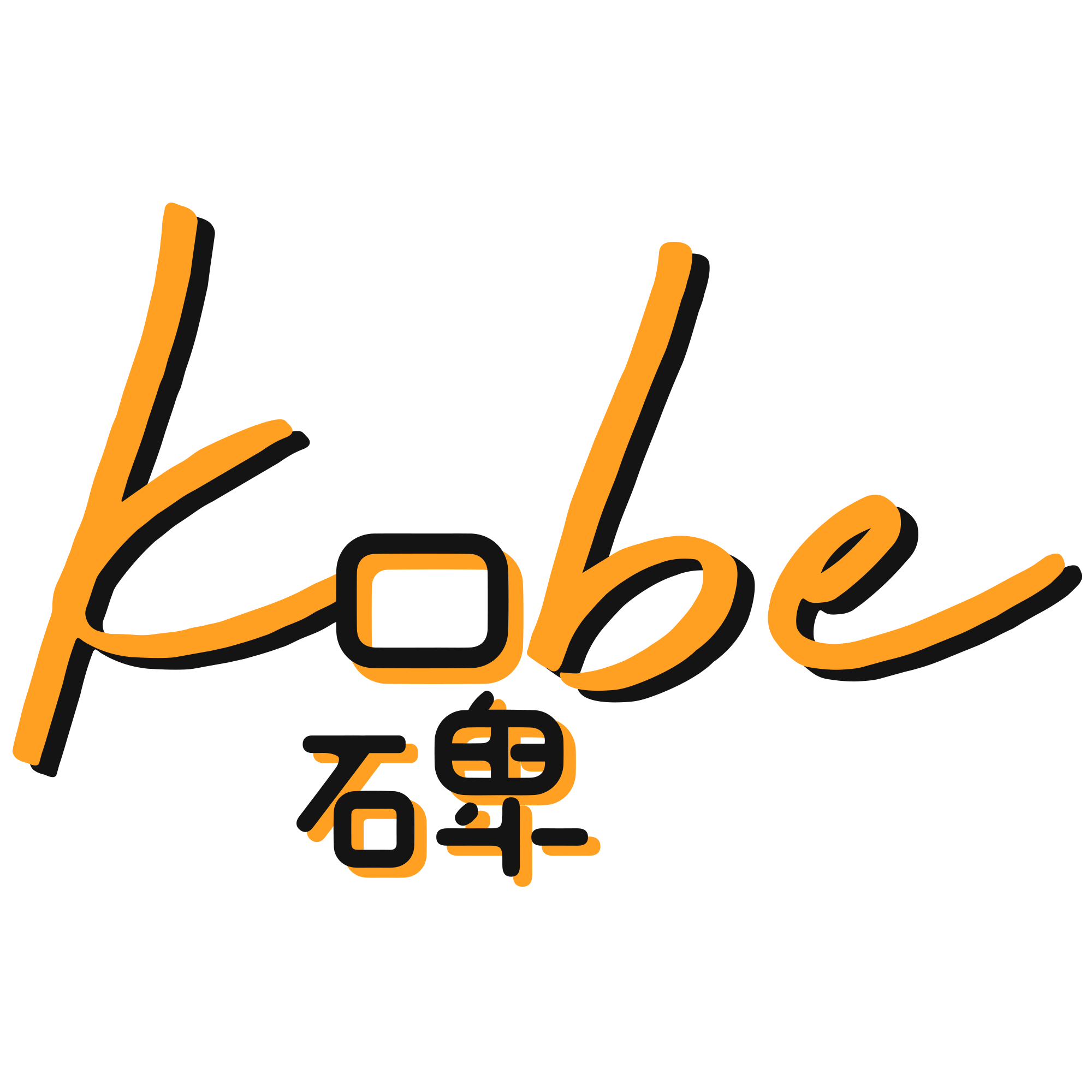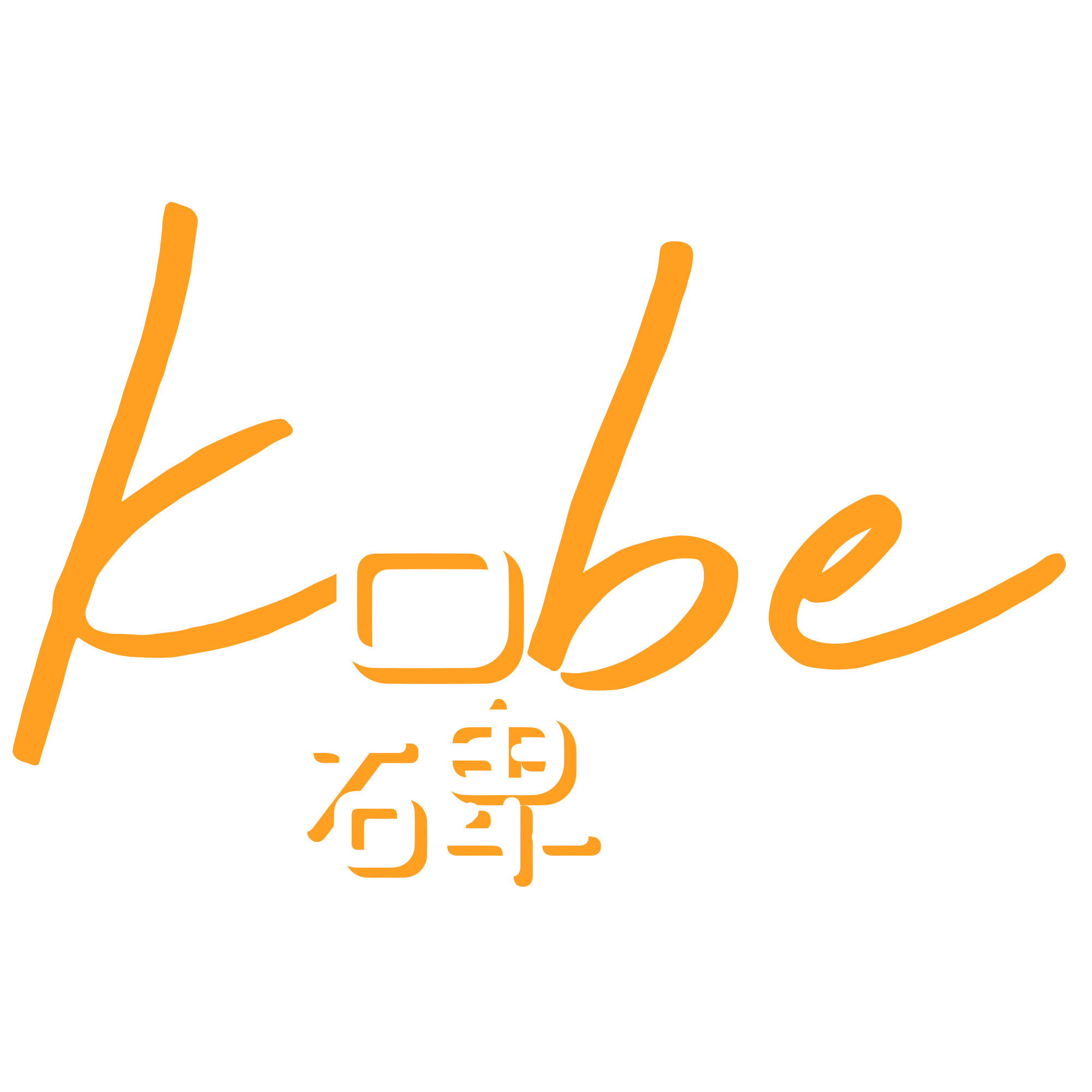In the dynamic world of digital marketing, achieving virality is a coveted milestone. The ability to create content that spreads rapidly across the internet can significantly amplify brand visibility and engagement. But what exactly makes content go viral? This article delves into the essential elements of virality, using insights from four critical infographics, and presents them in a structured framework to guide your content creation strategy.
1. The Virality Matrix: Balancing Shareability and Clickability
Virality hinges on two primary factors: shareability and clickability. The virality matrix categorizes content based on shares per view and clicks per share, highlighting the ideal balance needed for content to go viral.

Key Elements:
- Low Shares, Low Clicks: Content in this category fails to engage viewers and lacks a compelling call to action, making it unlikely to go viral.
- High Shares, Low Clicks: This content is shared frequently but doesn’t attract many clicks, indicating it may be engaging but not actionable.
- Low Shares, High Clicks: While interesting enough to generate clicks, this content isn’t compelling enough to be shared widely.
- High Shares, High Clicks: The sweet spot for virality, where content is both highly shareable and clickable, ensuring wide distribution and engagement.
Action Steps:
- Strive for a balance between shareability and clickability.
- Create content that is engaging, relevant, and offers clear value to the audience.
2. Strategies to Increase Shares Per View

Increasing shares per view is critical for spreading content. Here are some effective strategies to enhance this metric:
Key Strategies:
- Setting Expectations Through Titles and Thumbnails: The first impression is crucial. Use compelling titles and eye-catching thumbnails to grab attention and set clear expectations.
- Matching Expectations at the Start: Ensure the content immediately aligns with the expectations set by the title and thumbnail. This helps retain the audience’s interest.
- Exceeding Expectations Early: Hook the audience within the first few seconds by exceeding their expectations early in the content.
- Removing Dull Moments: Keep the content engaging by cutting out any dull or unnecessary parts. Ensure every second adds value.
- Having a Payoff: Provide a clear payoff for the viewer, whether it’s valuable information, entertainment, or a tangible reward.
Action Steps:
- Craft attention-grabbing titles and thumbnails.
- Align content with initial expectations and exceed them quickly.
- Edit rigorously to maintain engagement.
- Ensure a satisfying payoff for viewers.
3. Enhancing Clicks Per Share
 Clicks per share measure how compelling your content is once shared. Implement these strategies to boost this metric:
Clicks per share measure how compelling your content is once shared. Implement these strategies to boost this metric:
Key Strategies:
- Incorporating a Curiosity Gap: Create a sense of curiosity that compels viewers to click through to learn more.
- Begin with Numbers: Using numbers in titles (e.g., “7 Signs You Are…”) attracts attention and makes the content appear more structured and digestible.
- Leveraging Trends: Utilize current trends, challenges, and hashtags to make your content more relevant and shareable.
- Powerful Words: Use engaging and resonant language to captivate your audience.
- Provocative Questions: Ask questions that provoke curiosity and engagement, leading to higher click-through rates.
- Captivating First Impression: Ensure the initial content is captivating and consistent with the rest of the piece.
Action Steps:
- Incorporate curiosity-inducing elements and numbered lists.
- Stay updated with and leverage current trends.
- Choose powerful and engaging words.
- Ask thought-provoking questions.
- Make the first impression count.
4. Crafting Thumb-Stopping Content: Know Your Customer (KYC)

Creating thumb-stopping content involves deeply understanding your audience. Content that resonates emotionally or aligns with the audience’s identity is more likely to be shared.
Emotional Triggers:
- Humor: Content that makes people laugh or smile is highly shareable.
- Identity: Content that allows people to express their identity or connect with like-minded individuals.
- Community: Content that fosters a sense of belonging and community.
- Worth: Content that offers value, such as knowledge or tips.
- Emotion: Content that evokes strong emotions, whether happiness, empathy, or excitement.
Action Steps:
- Identify and leverage emotional triggers.
- Create content that resonates with the audience’s identity and community.
- Provide valuable and motivational content.
- Evoke positive emotions through your content.
5. The Valence-Arousal Model: Understanding Emotional Impact
Understanding the emotional impact of your content is crucial. The Valence-Arousal model categorizes emotions based on their valence (positive or negative) and arousal (high or low).
Categories:
- High Arousal, Positive Valence: Content that is exciting and happy is most likely to be shared.
- Low Arousal, Positive Valence: Content that is calming and pleasant can be effective but might not generate as many shares.
- High Arousal, Negative Valence: Content that is annoying or anger-inducing can go viral but is risky and can backfire.
- Low Arousal, Negative Valence: Content that is sad or boring is unlikely to go viral.
Action Steps:
- Aim for high arousal and positive valence in your content.
- Be cautious with high arousal negative valence content.
- Avoid low arousal negative valence content.
6. Kobe’s Case Study: Viral Content with Burger King
Views: 38M
Likes: 2.5M
Shares: 644K

Conclusion: Making a Lasting Impression
The essence of creating viral content lies in how it makes the audience feel. People may forget the details, but they’ll never forget how you made them feel. Aim to create content that resonates emotionally, offers value, and aligns with current trends and audience expectations. By following this structured framework and continuously analyzing and optimizing your content strategy, you can enhance the chances of your content achieving virality and making a lasting impact.
In summary, achieving virality is about striking the right balance between shareability and clickability, crafting engaging and valuable content, and deeply understanding your audience’s emotional triggers. By integrating these elements, your content is more likely to spread widely and achieve the coveted status of being viral.
Contact us to find out more about creating viral content for your marketing campaigns.





